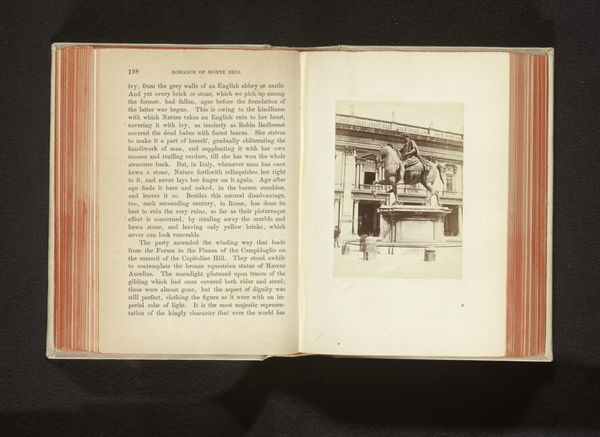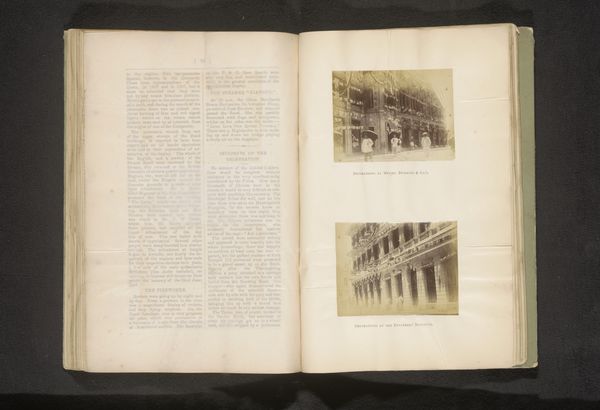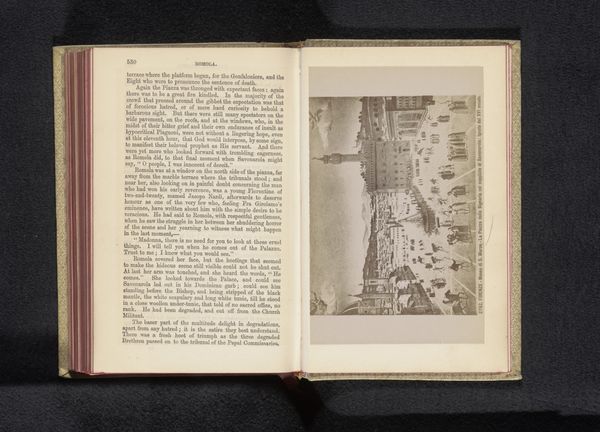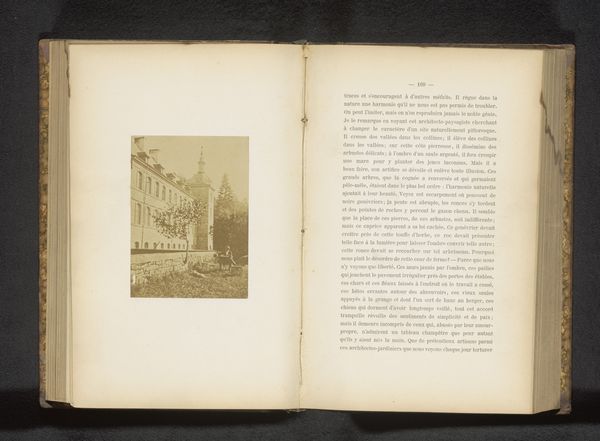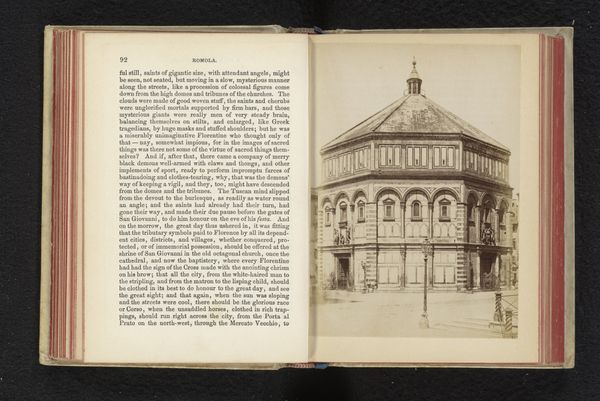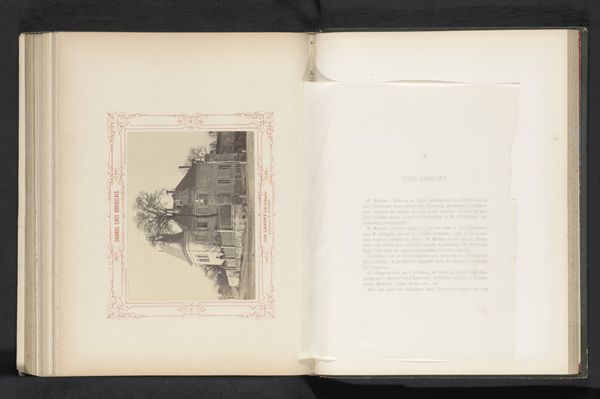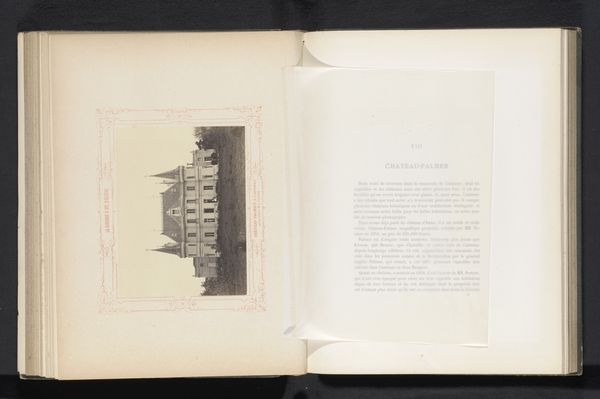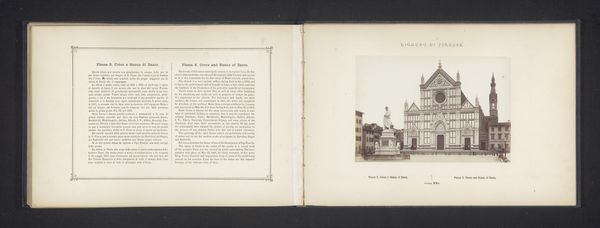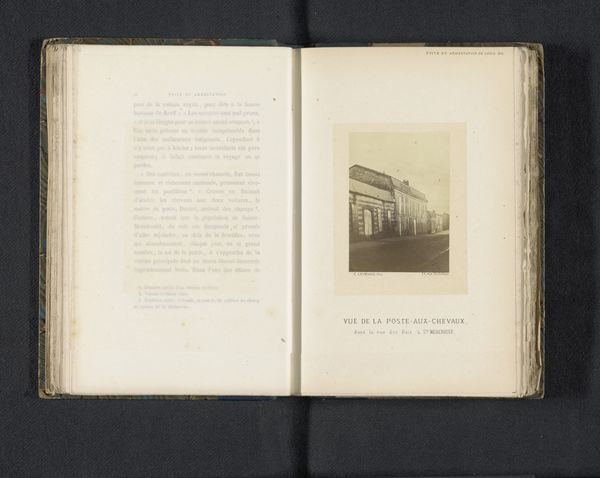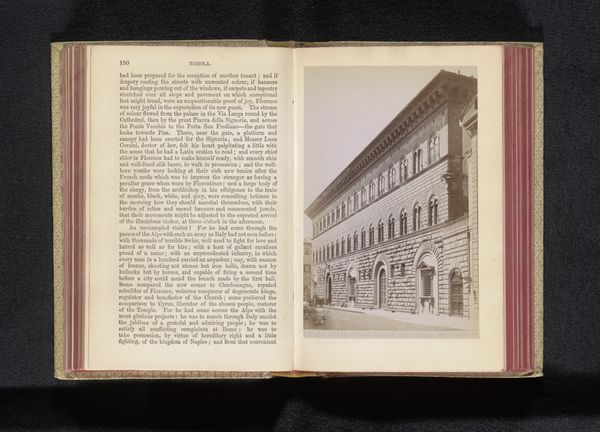
print, photography, gelatin-silver-print
#
portrait
# print
#
landscape
#
11_renaissance
#
photography
#
gelatin-silver-print
#
cityscape
#
italian-renaissance
Dimensions: height 148 mm, width 93 mm
Copyright: Rijks Museum: Open Domain
Curator: What first catches my eye about this gelatin silver print, capturing the Loggia dei Lanzi in Florence before 1888 by Edizione Brogi, is how quiet and timeless it feels. Editor: It has a ghostly quality, doesn’t it? The light feels so soft it almost seems like you could touch it. All the architectural details of the Renaissance really stand out, emphasizing stone's strength and human skill. Curator: Absolutely. It's the sort of image that invites a reflection on what we preserve— and how we then go on to preserve that too, right, so a double preservation, really. These buildings, these statues, carefully composed within a cityscape meant to stand the test of time. Editor: True, but this being a photograph complicates things. It’s not the original site, but a carefully crafted copy made from certain materials and following a distinct labor process. Think about the gelatin silver—produced and consumed— and its cultural and economic implications back then. It shifts from 'high art' object to commodity pretty fast, wouldn't you agree? Curator: A valid point! But the photographer's careful choice of angle and exposure also brings an interesting play of light and shadow, highlighting the texture of the stonework and the placement of each statue. These are not just documents; there's a tangible care, dare I say love, imprinted in the choice. Editor: Love or perhaps capital? The production of this image—like the stones it depicts— relied upon complex labor relations and social structures. Brogi, after all, was running a commercial studio; images like this provided the European and American markets with a romanticized view of Italian grandeur that perhaps eclipsed a murkier and grim reality. Curator: It adds layers to the narrative to remember these intended consumers... I suppose it changes how we look at it, seeing a photograph meant to capture and sell beauty also hinting at far broader social dynamics. Editor: Exactly. Considering this intersection makes it a photograph truly of its time... the industrial process that it became helps you understand society then in a fresh light. It ceases to be an "ageless" depiction of beauty and transforms into something different: something of real use to understand the mechanisms involved. Curator: You’ve nudged me to perceive it in a vastly different way! This wasn't just capturing Renaissance elegance but also part of the industrial machine—something of a performance itself. Editor: Precisely. By investigating its materiality, we unearth richer stories.
Comments
No comments
Be the first to comment and join the conversation on the ultimate creative platform.

